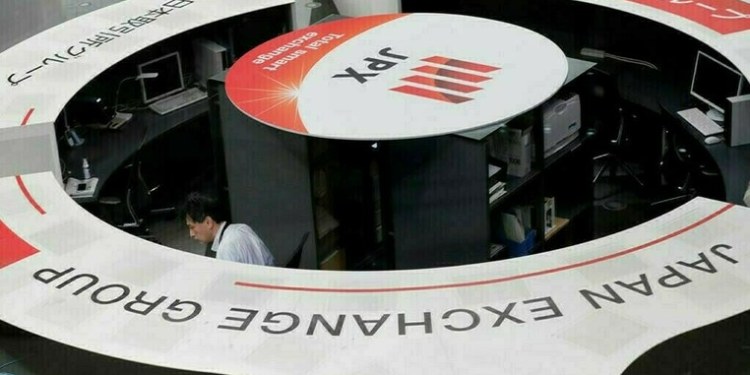WASHINGTON—Thailand’s intervention in the rubber market is having some upward effect on natural rubber prices, though other factors are just as strong if not stronger, according to U.S. NR traders.
In October 2014, the Thai government set up a fund of up to $920 million to buy NR from Thai rubber farmers in the country’s central rubber markets, according to a recent article in the Wall Street Journal.
Thai rubber production has fallen 4.1 percent from last year, and the supply of Rubber Smoked Sheets (RSS) 3 is down about 50 percent, according to the article.
Current price charts show that RSS 3 prices free-on-board or F.O.B.—meaning from the port of origin—on the Singapore Commodity Exchange (SICOM) rose about 30 cents per kilogram between January and February, to approximately $2.
However, F.O.B. prices of Technically Specified Rubber 20—tire-grade rubber—on SICOM remained more or less flat during the one-month period, at about $1.30 per kilo.
Greg Jagt, vice president of trading for Astlett Rubber Inc., said he felt the actions of the Thai government had definitely had an effect on RSS 3. However, those actions had less of an effect on other rubber grades, he said.
“The timing of the action was the most important factor,” Jagt said. The government purchase of Thai rubber stocks came at the same time as the wintering season, when rubber tapping is essentially suspended, and on the cusp of the Chinese New Year, during which NR markets are closed.
The RSS 3 price increases in the last few weeks total about 8.5 percent, according to Jagt. “The market has gained traction, but it isn’t going crazy,” he said.
The Thai intervention had an effect on prices and supplies, but the latest word is that the Thai government has run out of money to buy up NR stocks, according to one trader who asked to remain anonymous.
Producers of tire-grade rubber in Indonesia also have cut back harvesting by about 50 percent because of soft demand, according to the trader. “If there’s more demand for tire-grade rubber in the near future, we could see prices go up,” he said.
A second trader who also requested anonymity said NR is simply undervalued at this time, compared with historical prices. NR prices peaked in 2011 at about $5.50 per kilo for TSR 20 and over $6 a kilo for RSS 3. At the beginning of 2013, RSS 3 prices stood at approximately $3.50 per kilo, TSR 20 at $3 per kilo.
NR buyers are starting to return to the market after some time away, which also may be affecting prices, the second trader said.
Meanwhile, the International Tripartite Rubber Council—a cooperative group consisting of Thailand, Indonesia and Malaysia—is scheduled to meet Feb. 26, after the Chinese New Year celebrations, with representatives of Vietnam, Myanmar, Laos and Cambodia. The seven countries will discuss current market conditions and ways to boost NR prices.
– Reuters

























